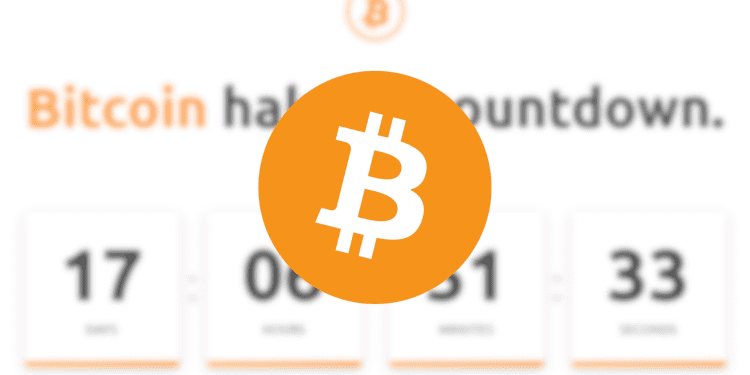- The Bitcoin halving is an event where mining rewards are cut in half, occurring every four years according to pre-set rules in Bitcoin’s code.
- Bitcoin has a hard cap of 21 million coins, with new Bitcoin released through mining as block rewards that get halved approximately every four years until the last Bitcoin is mined around 2140.
- After previous Bitcoin halving events, the price has historically increased, but not immediately, with other factors like institutional investment also playing a role.
The Bitcoin halving is an event where mining rewards are cut in half. This event takes place every four years according to pre-set rules in Bitcoin’s code. This article explains what the Bitcoin halving is, why it happens, and its potential impact on Bitcoin’s price and network.
Bitcoin’s Supply Limit
Bitcoin was designed to have a finite supply of 21 million coins. New Bitcoin is released through a process called mining, where miners are rewarded with newly minted Bitcoin. However, approximately every four years the reward for mining a block is halved. This gradual reduction in supply is the “halving”. There will only ever be 21 million Bitcoins. Once they are all mined, expected by 2140, no new Bitcoins will enter circulation.
What is the Bitcoin Halving?
The Bitcoin halving cuts the mining reward in half every four years. For example, in the 2012 halving, the mining reward went from 50 to 25 BTC. In 2020, it went from 25 to 12.5 BTC. The next halving, expected around April 2024, will reduce the reward from 12.5 to 6.25 BTC. This reduction in supply is intended to increase demand and value.
Impact on Miners
The halving reduces the incentive for miners, as their rewards are cut in half. This leads to fewer miners and less security for the network. After all Bitcoin is mined, miners will rely solely on transaction fees for revenue. Some believe miners may switch from proof-of-work to less energy intensive consensus models like proof-of-stake.
Potential Price Impact
Some believe the decreasing supply from halvings increases demand and pushes up Bitcoin’s price. However, the halvings do not immediately impact price. Other factors like regulation and institutional investment also affect Bitcoin’s price.
Conclusion
The Bitcoin halving is a key event in Bitcoin’s controlled supply schedule. While the halvings may not directly cause a price increase, they are an important mechanism for gradually reducing the influx of new Bitcoin until the 21 million supply cap is reached. The 2024 halving will be an important milestone in Bitcoin’s monetary policy.














